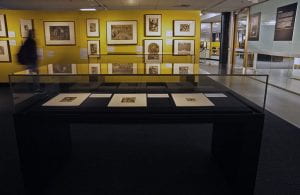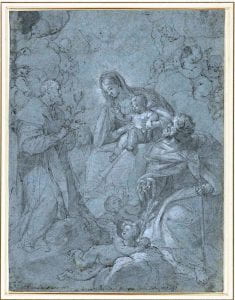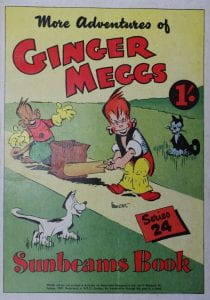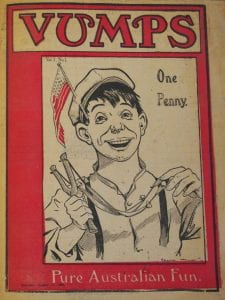Lasting Impressions: Understanding the significance of the Great Seal of England

Symbols and reminders of the British Commonwealth in modern day Australia appear not only in the form of images but also in the language we adopt. The terminology we use to define the status of our laws, what we choose to call the day this continent was colonised and the figures we decide to honour in the naming of our streets, suburbs and cities are all linguistic reflections of our nation’s apparent values.
Understanding the history of certain monarchical practices in England can help us to understand the origin of colonial perspectives that not only go unquestioned but still get largely celebrated in contemporary culture and society.
The University of Melbourne’s Rare Books collection houses many items that can assist in this kind of research that involves developing an understanding of the significance of a residual British colonial presence in Australia.
One such item is the Great Seal of England – also known as the Great Seal of the Realm – which has been used since the 11th century to signify the approval and authentication of state documents by the monarch. Originally made by pressing an engraved matrix into a wax and resin mixture, the Great Seal served as an accessible means of pictorial expression to show that an official document had been approved by the sovereign during a time when much of the population of England could not read or write.
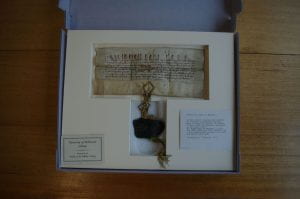
Continue reading “Lasting Impressions: Understanding the significance of the Great Seal of England”
